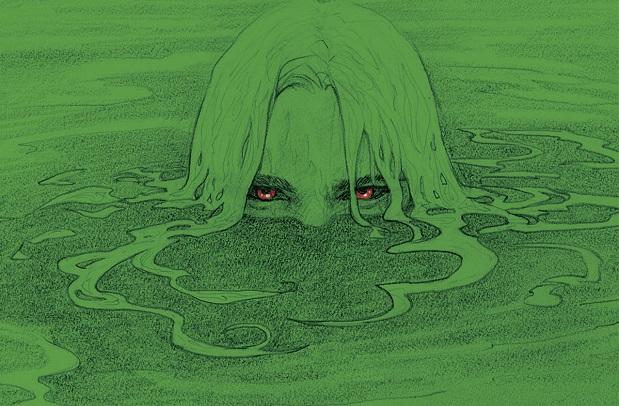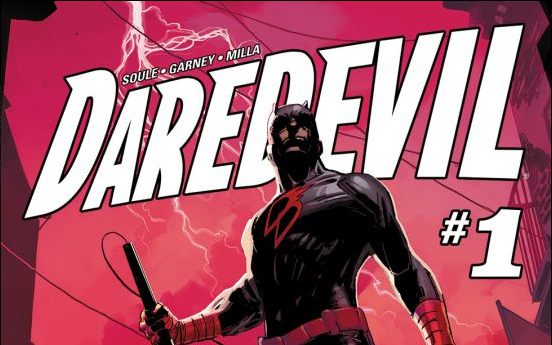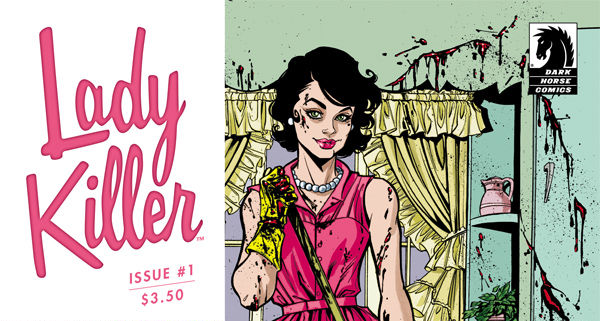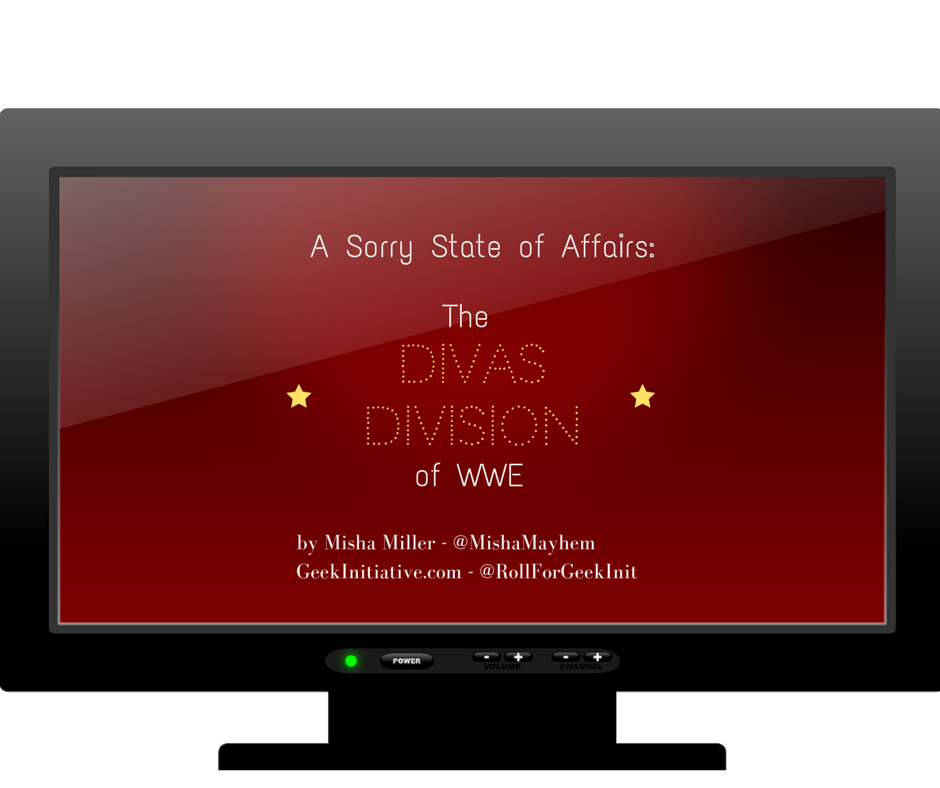At the beginning of each issue, writer and artist Terry Moore of Abstract Studio displays a quote to “warn” the reader of what is about to come. Here, with this quote by Plato, we enter the world of Rachel Rising: The Shadow of Death.
Death is not the worst thing that can happen to you.
Spoiler-Free Summary
A few months ago, I reviewed Moore’s Complete Edition of Echo, a science-fiction comic book. Rachel Rising is not in the same genre. From the first pages, and the quote, we already know we are in for an adventure of mystery and horror as young womyn Rachel Beck crawls out of her shallow grave with lesion marks across her neck, and walks out of the forest to the nearest road. We assume she’s a zombie, but knowing Moore, there’s more to “uprise.”
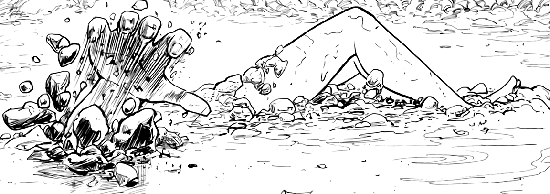
When a truck driver passes through, Rachel hitches a ride back to her hometown of Manson. The following morning, she wakes up to recall the past day’s events, but when visiting a neighbor, she’s told it is Friday, not Wednesday. Her neighbor’s wife then comes to greet the unknown visitor:
“Lewis, who are you talking to?”
“Rachel.”
“Rachel who?”
“Can’t you see…? Rachel Beck.”
“Hey Rose,” Rachel says.
“You’re not Rachel.”
Here is the end of what was issue one. The story follows meeting various characters, more murders, premonitions, and other strange encounters.
This volume holds the first six issues of Rachel Rising and is the first collection out of six, encompassing the entire storyline up until its current issue thirty-eight.
Out of the six issues listed in this volume, the best thus far are three and six. In these two issues, we are hanging out in The Blue Note where new problems arise and in issue six (which I believe is a straight continuation of where three left off) leads to assumptions about what happened to Rachel and meeting the Witch face-to-face.
Yea, tho’ I walk through the valley of the Shadow of Death… –David
Character Analysis
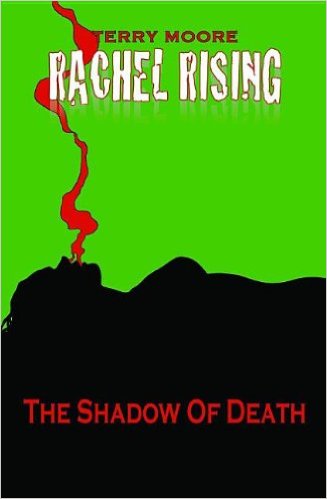 After Rachel’s initial shock of waking up in the middle of the woods and arriving home in one piece, she begins to reminisce what happened a few days prior. “I went to see Jet. I was excited…about something…”
After Rachel’s initial shock of waking up in the middle of the woods and arriving home in one piece, she begins to reminisce what happened a few days prior. “I went to see Jet. I was excited…about something…”
The flashback takes us to an auto shop where Jet, Rachel’s best friend from childhood is working on an engine. Across the workshop, an older co-worker begins to “perv” (as Jet puts it) on Rachel.
“You here for the special?” Ray asks, “Lube your chassis for just $19.99. But I’ll do yours for free, sweetheart. All night long.”
It’s no surprise that Moore placed lude comments against womyn in the story and I expect to read more as I go on. In Echo, there have been worse statements from HeNRI executives and really, at this point, it’s like being back in middle school. There was always one girl or boy who would be constantly teased and picked on – most of the time, out of jealously. Here, Ray is a flat-out pervert. I’ll be honest: I didn’t know what a chassis was so I “googled” it. A chassis is the frame or the structure of an automobile. Whole lot of gross.
What I enjoy most about Moore’s female characters is the diversity of personalities and stereotypes. Rachel reminds me of Julie from Echo. To tell a good story, something always must happen to the character and overcoming a struggle. Rachel’s trying to figure out who killed her and why she’s walking around still. Other characters in the comics, such as Johnny (Rachel’s aunt), works in a monetary and seems a little off-kilter…all the time. She’s a womyn with a more male-like attitude who’s provided for herself all of her life and has sworn to Rachel’s deceased parents that she would take care of her. Jet is also a hard-worker from a daytime mechanic to nighttime musician. Rachel and Jet have a strong bond, possibly one that would insinuate that Jet is a bisexual. At the moment, it’s still a little too early to be sure, but based off her dialogue and actions it seems so.
We also have different in ages amongst the main female characters that have come forth who have more than five pages of dialogue and that’s Zoe: a little girl currently possessed by the womyn she calls the “Witch,” has had a troubled life at home. Degraded by her older sister, the “Witch” seems to be a role-model figure in her life, even though she realizes the power she has over her is wrong.

Three other characters that haven’t been completely developed in this volume so far include the “Witch,” Natalie, and Sylvie.
Conclusion & Recommendation
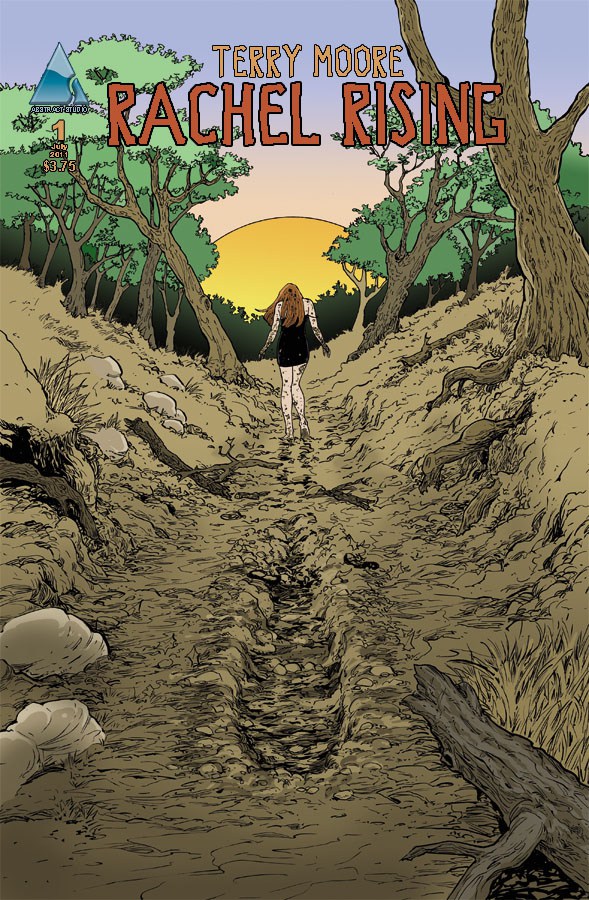 In this and Echo review, I do discuss parts of dialogue where womyn are degraded in a womyn-dominated universe; or where the womyn is the central character.
In this and Echo review, I do discuss parts of dialogue where womyn are degraded in a womyn-dominated universe; or where the womyn is the central character.
I come from a film background and when I work on films, I like to choose ones where the goal or the intention of the story relates to feminism and how womyn can persevere without the assistance of a man. That’s why I am not offended by Moore’s male (not all males, keep in mind) narrow perspective of womyn. If I was going to be offended by every little thing about my gender, I might as well live under a rock; but that doesn’t mean I shouldn’t be able to not tell someone they’re out of line.
I am VERY excited to read the other volumes in the series. Horror and fantasy are my go-to dramas and I’m excited for the complexity that Moore will be bringing to the table.
To purchase the comic book, follow this link.
Publisher: Robyn Moore
All images used with permission of the publisher.
Full Disclosure: The reviewer received a copy of the comic for review.

